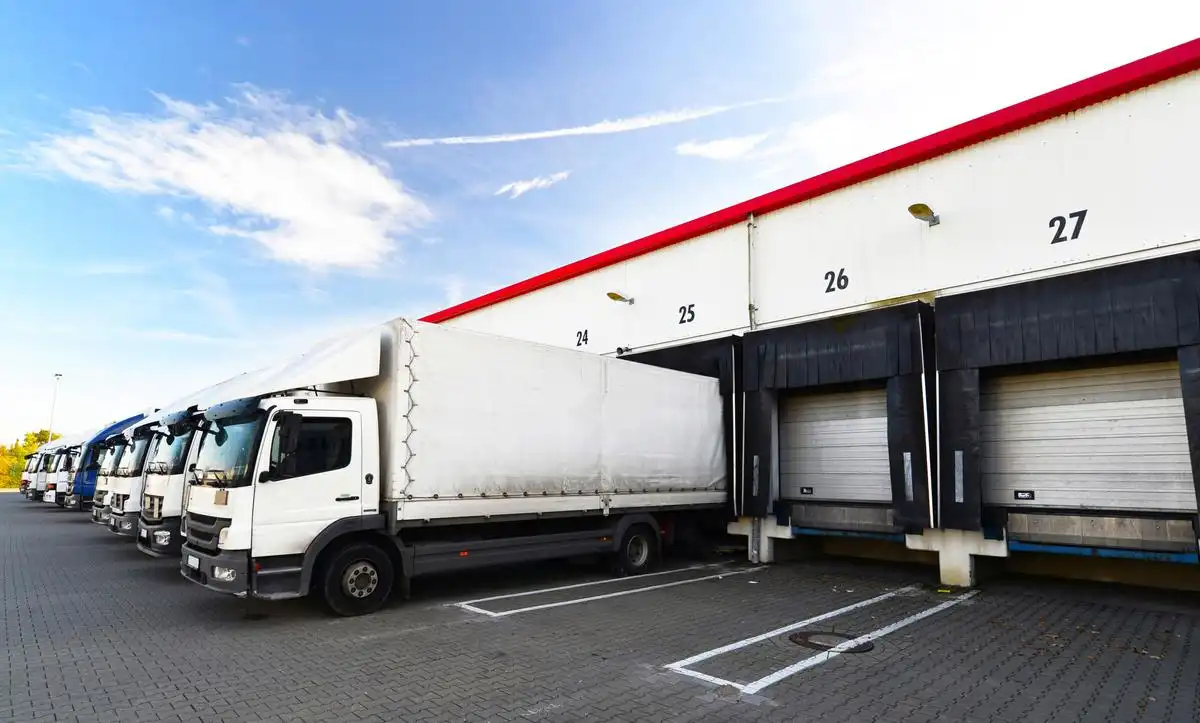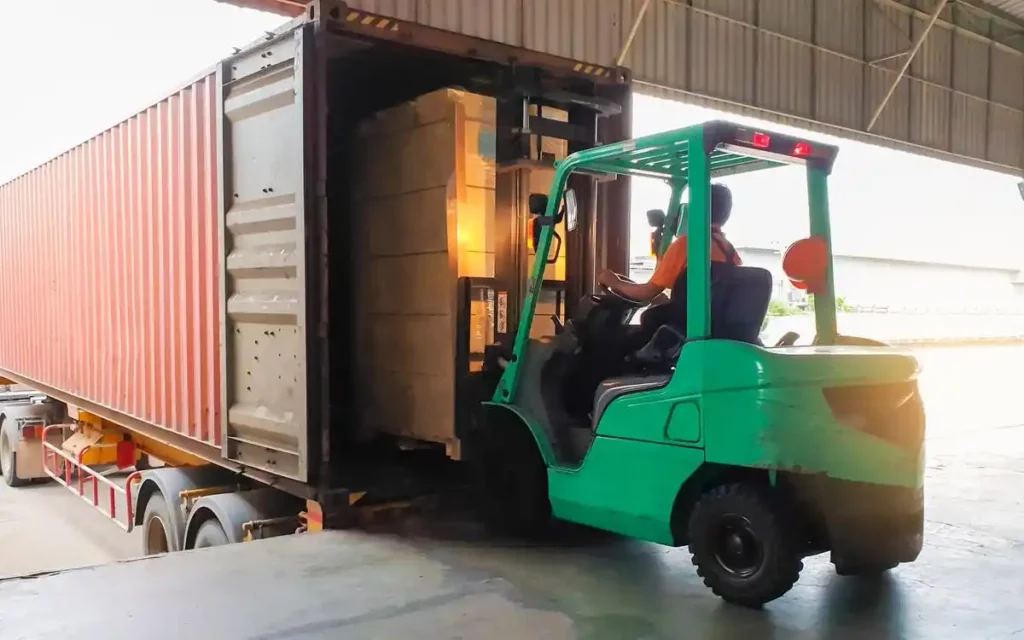In the fast-paced world of logistics and supply chain management, every second counts. This is where the concept of cross-docking comes into play, a unique strategy designed to speed up the movement of goods from supplier to customer, enhancing efficiency and reducing storage costs.
If you’ve ever wondered how some companies manage to deliver products so swiftly, you might be looking at the power of cross-docking in action. Let’s explore this fascinating strategy, breaking it down into simple terms and discussing when it’s the most beneficial to use in your business.

What is Cross-Docking?
Picture this: you’re in a bustling warehouse. Trucks pull in, loaded with goods from suppliers or manufacturing plants. Instead of being unpacked and stored, the goods are immediately transferred to outbound trucks that will take them straight to the customers. This bustling process, where goods seem to dance from inbound to outbound transportation with little or no storage in between, is known as cross-docking.
The term ‘cross-docking’ actually describes the process quite vividly. Imagine a dock where goods ‘cross’ from incoming to outgoing transport, like a relay race baton smoothly, passed from one runner to the next. It happens in a dedicated terminal, usually a warehouse with trucks and dock doors on two sides (inbound and outbound), and minimal storage space.
The goods arriving, let’s say via a truck, are allocated to a receiving dock on one side of the cross-dock terminal. Once docked, the products are moved, either directly or indirectly, to their outbound destinations.
They are unloaded, screened, and sorted to identify their final destinations. After that, they’re transported to the other side of the terminal, to their destined outbound dock. Once loaded, they’re off on their way to customers.
So, in simple terms, cross-docking is like a well-choreographed ballet of goods, coming in and going out, barely pausing in between. It is about speed, efficiency, and a seamless transfer that reduces the need for storage and accelerates delivery. It is truly a marvel of modern logistics.
The Concept Behind Cross-Docking
At the heart of cross-docking, we find strategic concepts that make this system run like a well-oiled machine – the ‘hub and spoke’ principle, ‘consolidation arrangements’, and ‘deconsolidation arrangements’.
The ‘Hub and Spoke’ System
The ‘hub and spoke’ model is central to cross-docking. Think of the cross-docking terminal as the hub, a central site where products are sorted and combined to be delivered to various destinations (the spokes) in the quickest, most productive way possible.
The Efficiency of Consolidation
In ‘consolidation arrangements’, multiple smaller product loads are combined into one transport method. This consolidation results in significant transportation cost savings.
Making Deliveries Manageable: Deconsolidation
Then we have ‘deconsolidation arrangements’. Here, large product loads are broken down into smaller, more manageable loads for transportation, easing the delivery process to the customer.
When to Consider Cross-Docking
Cross-docking isn’t a one-size-fits-all solution and its suitability varies between different types of warehouses and businesses. A key aspect to evaluate is whether the process aligns with the specific operational needs and supply chain requirements of your business.
Best Product Types for Cross-Docking
Certain types of products lend themselves to cross-docking. Unpreserved or temperature-controlled items such as fresh food, which need to be transported as quickly as possible, can greatly benefit from this process.
Another prime candidate for cross-docking is already packaged and sorted products. Since these are ready for transportation to a specific customer, cross-docking makes their journey faster and more efficient.
Situational Use of Cross-Docking
Cross-docking isn’t always a constant feature in a supply chain. For some businesses, it might be used irregularly or only when necessary. For instance, during peak seasons or promotional periods, cross-docking can provide the needed speed and efficiency to handle the increased volume.
Optimization of the Supply Chain
Cross-docking plays a vital role in optimizing the supply chain. It can significantly reduce lead times, ensuring products reach the receiver more quickly. It also eliminates unnecessary warehousing costs, as products spend minimal time in storage.
Conclusion
Cross-docking, a strategic logistics approach, enhances supply chain efficiency by reducing storage costs and accelerating delivery times. It’s particularly beneficial for businesses handling perishable goods, pre-packaged items, or those needing flexibility in high-demand periods. Considering its advantages, it might be time to explore cross-docking services.
At Mile High Delivery & Cold Storage, we have successfully incorporated cross-docking into our logistics strategy. Our Cross-docking services will enable you to enhance efficiency, reduce costs, and ensure faster deliveries.

